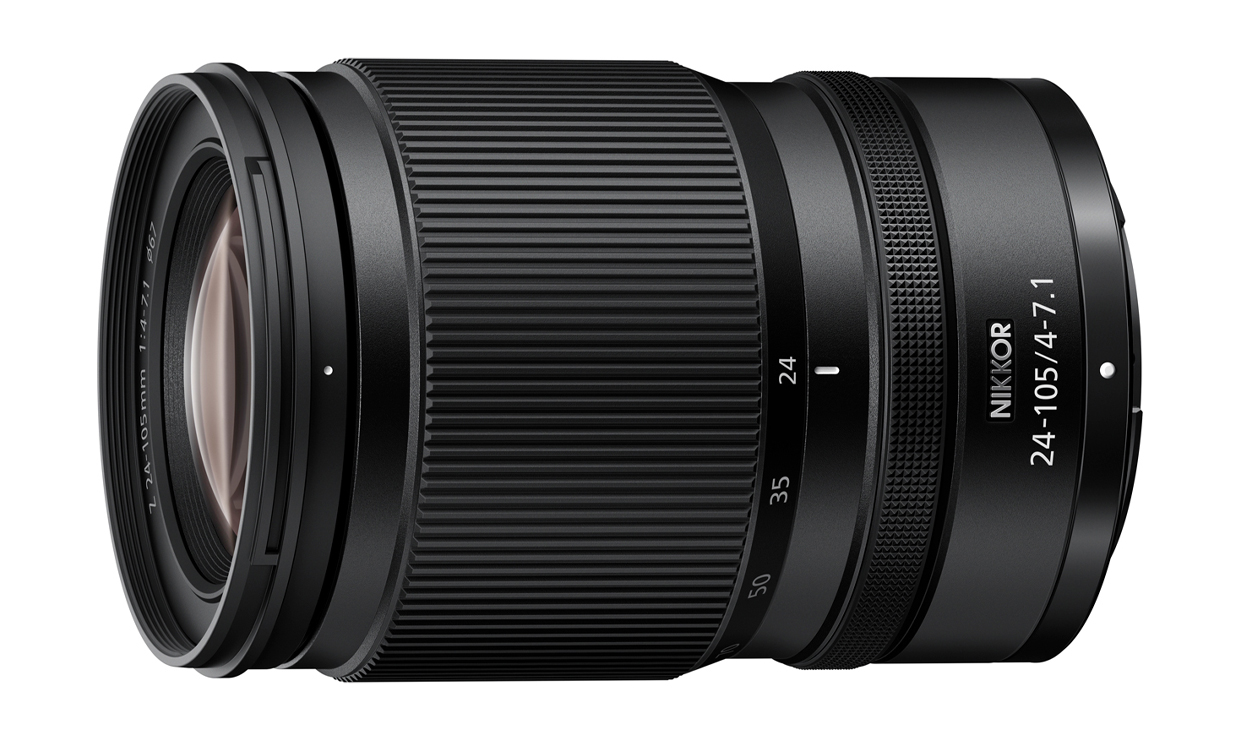
In the field of video, new challenges continue to be made with the keyword “xR,” which is a general term for immersive, AR, VR, MR, and XR. There are probably two directions to this: one is to create a realistic immersive or simulated experience through video, and the other is to blend the real and virtual worlds and take the best of both worlds.
For example, the Sphere in Las Vegas is an example of the former, and conveyor belt sushi restaurants are an example of the latter. We have already written about the application of signage in conveyor belt sushi restaurants, using examples from ” Sushiro ” and ” Hamazushi ” in this article.

I think these are in stark contrast to the recent spread of ordering terminals in family restaurants. Ordering terminals are just a digitalization of menus and orders, and are by no means a convenient experience. They are simply a result of the store’s prioritization of efficiency.
Recent food delivery robots are dressed in costumes and have names, which are very popular with children. In reality, it would be better if they talked more, but if they did, food delivery would be delayed and efficiency would decrease. This is where AI can really shine. It shouldn’t be that difficult to get a robot to converse with someone in a way that suits the situation. This also makes communication smoother than if it were a human.
I have no intention of playing with words, but DX should not be just about using digital technology to improve efficiency. It should be about using digital technology to improve the value of the experience.
In the case of conveyor belt sushi restaurants, they have realized “conveyor belt sushi that does not flow” due to COVID-19, hygiene, and food waste issues. If this were simply a digital transformation idea, you could just place a tablet on the table and be done with it. However, we must never forget the chance encounter at a conveyor belt sushi restaurant (regardless of how exaggerated it may be). This perspective, which could be called a real digital experience, rather than VR or AR, will become important.
There are already examples of this in London, such as ABBA Voyage and OUTERNET , which were introduced in this article , and in Japan, the former Venus Fort Immersive Fort Tokyo, the latest attraction at Universal Studios Japan, and TeamLab. These examples are quite large-scale and require huge investments, but ordinary restaurants and stores should also aim for this.
Consider, for example, a bookstore.
It goes without saying that bookstores are struggling. If you have a specific purpose in mind, there is no longer any reason to go to a bookstore, and you simply buy your book in print or digital form on Amazon. It’s easy. But it’s also a much less enjoyable experience.
Let’s think back to what we do in a bookstore. If we buy a weekly magazine, comic book, or monthly magazine every week, the purpose is clear. But we also wander aimlessly around the store, looking at the covers of the books stacked flat, and if one catches our eye, we pick it up. And then we buy it. Since there is a limit to the space that books can be stacked flat, we don’t mind going to the trouble of looking at the spine, even if it’s difficult to read and troublesome.

This can actually be digitized.
The same goes for video rental stores, which are on the verge of disappearing at any moment. In fact, there are few cases where you have a clear movie you want to watch, and in reality, when you just pop into a store in front of a station to buy batteries or a cassette tape, you might find a new release and rent it without thinking. Now that this has become an online service, mainly Netflix, it could be a more enjoyable experience.
In the case of conveyor belt sushi restaurants and bookstores, the question is how to provide a digital experience as added value in the real world, while the opposite is true for online video streaming. Although the approaches are opposite, there must be an aim somewhere in the middle, so it is fine to think about what would happen if you placed digital on the real side, and then place the resulting image on the digital side.
Up until now, the world of video has been moving rapidly towards digitalization, but now that it has matured, I think that those of us who live in the real world should aim to use real digital video.
WRITER PROFILE
A digital media consultant specializing in areas ranging from broadcasting to the Internet, he also serves as executive director of the Digital Signage Consortium.








